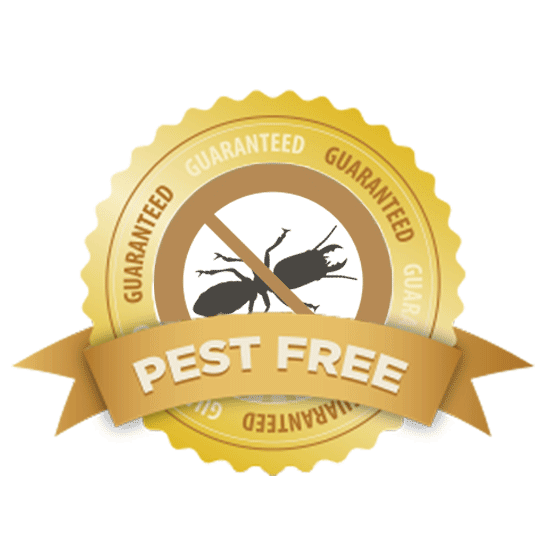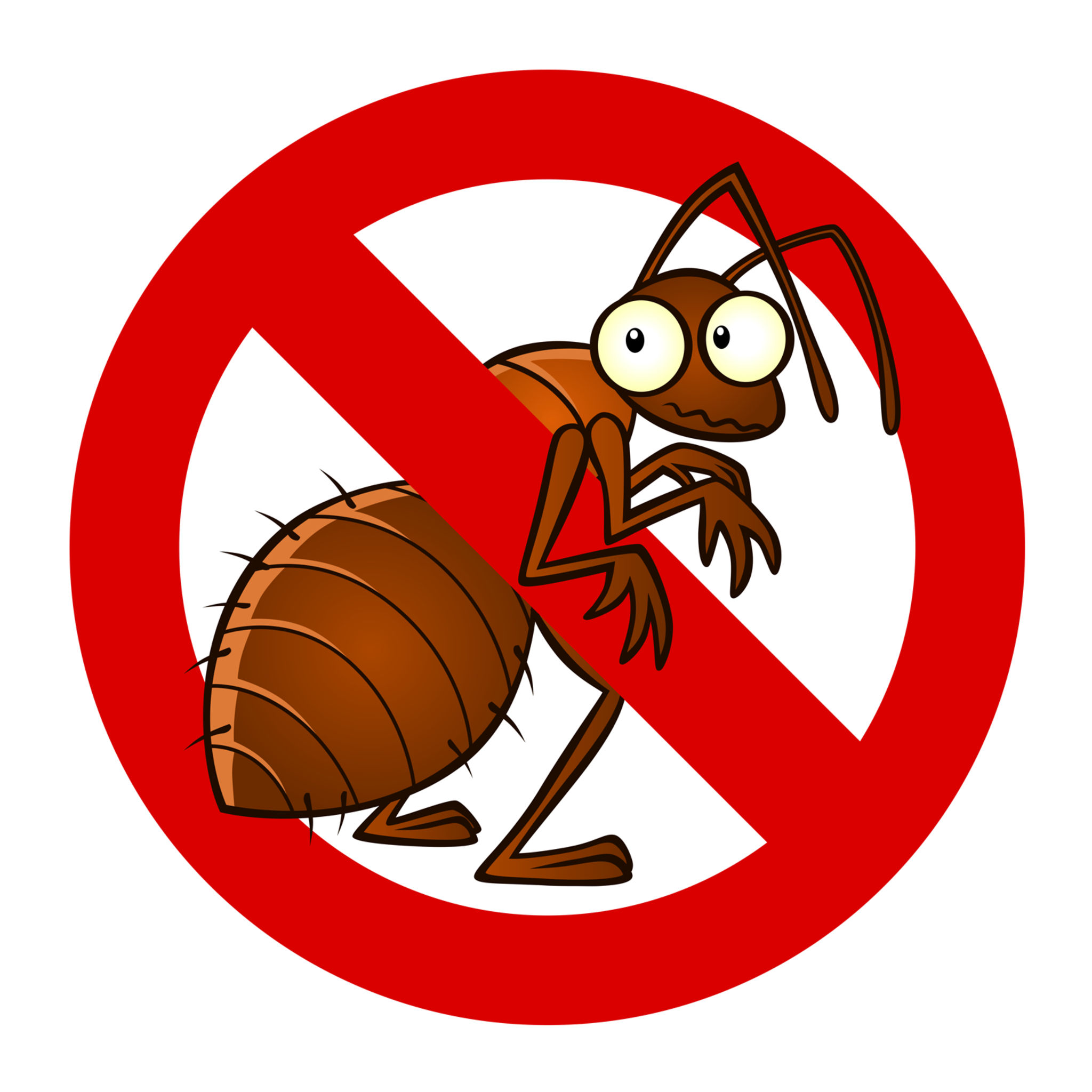Reputable A1 Bed Bug Exterminator Charlotte - Do Away With Bed Bugs Quick
Reputable A1 Bed Bug Exterminator Charlotte - Do Away With Bed Bugs Quick
Blog Article
Bed Insect Treatment Failure: Contrasting Chemical Vs. Non-Chemical Solutions
In the realm of bug control, specifically when handling the relentless problem of bed pests, the choice in between chemical and non-chemical treatment options can be a pivotal one. Both approaches offer distinctive advantages and drawbacks, affecting variables such as performance, safety and security considerations, and general price. By examining the nuanced details of each technique, a more clear understanding of which course to seek in addressing a bed insect problem can be acquired.
Effectiveness of Chemical Therapies
Chemical therapies for bed insect problems have actually been commonly acknowledged for their fast and powerful efficacy in getting rid of these bugs. When taking into consideration the performance of chemical therapies, it is critical to understand that they can offer a fast and thorough option to a bed insect issue. Professional pest control experts commonly count on pesticides to target bed bugs at different phases of their life process, consisting of eggs, adults, and fairies. These chemicals normally function by interfering with the bed insects' nerves, causing paralysis and ultimate fatality.
Additionally, chemical treatments have the advantage of supplying residual effects, meaning that they can remain to get rid of bed pests even after the initial application. This recurring activity is particularly advantageous in combating any possible re-infestations. In addition, the fast action of chemical treatments can bring alleviation to people dealing with severe bed bug invasions, enabling them to gain back control of their space quickly.
Safety And Security Interest In Chemical Solutions
One important facet that needs careful factor to consider when making use of chemical options for bed bug treatment is ensuring the safety and security of residents and the setting. Direct exposure to particular chemicals made use of in bed pest treatments can lead to breathing issues, skin irritation, or various other unfavorable responses, specifically in individuals with pre-existing problems or sensitivities.
Furthermore, the ecological impact of chemical solutions is one more considerable factor to consider. Some pesticides made use of in bed insect treatments might be harmful to valuable insects, wild animals, and communities if they seep into the soil or water systems. It is vital to make use of chemical treatments sensibly, adhering to safety standards, and thinking about much less harmful alternatives to minimize these threats and make certain the secure and reliable management of bed pest invasions.
Benefits of Non-Chemical Strategies
Considering the possible security issues and environmental effect associated with chemical services for bed pest therapy, checking out non-chemical methods presents an appealing choice with several unique benefits. Non-chemical therapies are eco pleasant, as they do not add to air or water air pollution, making them a lasting choice for insect control.
Additionally, non-chemical services can be effective in targeting bed pests, including hard-to-reach locations where chemical therapies may not penetrate. Methods such as heat treatment, vacuuming, heavy steam cleansing, and mattress encasements offer extensive removal without using harmful chemicals. Additionally, non-chemical strategies can be less turbulent, calling for marginal prep work and permitting quicker reentry into treated locations. In general, choosing non-chemical bed bug therapy methods not just focuses on security and environmental management but likewise guarantees reliable and detailed bug control.
Limitations of Non-Chemical Treatments

Furthermore, non-chemical therapies often call for multiple applications to accomplish effective elimination. This can be time-consuming and might not More Help always guarantee full removal of all bed pests and their eggs, specifically in surprise or hard-to-reach areas.
Furthermore, the success of non-chemical treatments greatly relies upon correct application and thoroughness, which can be challenging for people without expert proficiency. Poor application of non-chemical approaches might cause insufficient elimination, bring about relentless invasions and the demand for extra treatments.
As a result, while non-chemical therapies have their advantages, it is necessary to acknowledge these constraints and consider them when figuring out one of the most reliable method for taking care of bed pest problems.
Expense Contrast: Chemical Vs. Non-Chemical Options
Provided the restrictions related to non-chemical therapies, a crucial facet to examine in the context of bed bug monitoring is the cost comparison in between chemical and non-chemical choices. Chemical treatments generally include the application of pesticides by professionals, which can range from $250 to $900 per area, relying on the extent of the infestation and the size of the location to be dealt with. In comparison, non-chemical therapies like warmth treatment or heavy steam can be extra costly, with costs ranging from $1,000 to $6,000 for an entire home. While the first expense of chemical treatments may seem reduced, several therapies may be needed to totally get rid of the invasion, possibly raising the total expense. On the various other hand, non-chemical options may offer a more environmentally friendly and lasting service, although they can be cost-prohibitive for some individuals. Inevitably, when thinking about the expense of bed insect treatment choices, it is very important to consider the upfront costs versus the performance and lasting sustainability of the picked approach.
Conclusion

Considering the prospective security issues and environmental effect associated with chemical options for bed bug treatment, checking out non-chemical methods presents an encouraging alternative with numerous unique advantages.Offered the restrictions connected with non-chemical therapies, an important element to review in the context of bed bug monitoring is the price contrast between chemical and non-chemical alternatives. In contrast, non-chemical therapies like heat therapy or steam can be extra costly, with expenses varying from $1,000 to $6,000 for a whole home. While the initial expense of chemical treatments might seem lower, numerous treatments may be called for to completely remove the infestation, potentially increasing the do i need termite protection total expense.In verdict, when comparing chemical and non-chemical bed bug therapy choices, it is necessary to take into consideration performance, security, advantages, limitations, and price.
Report this page